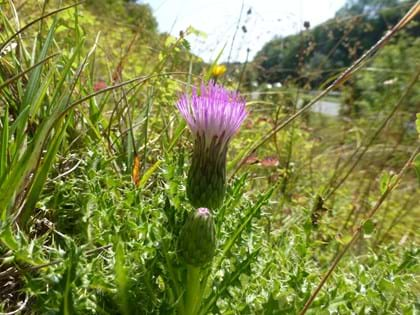Ecology surveys – what we’ve found so far
Published
25 Sep 2020
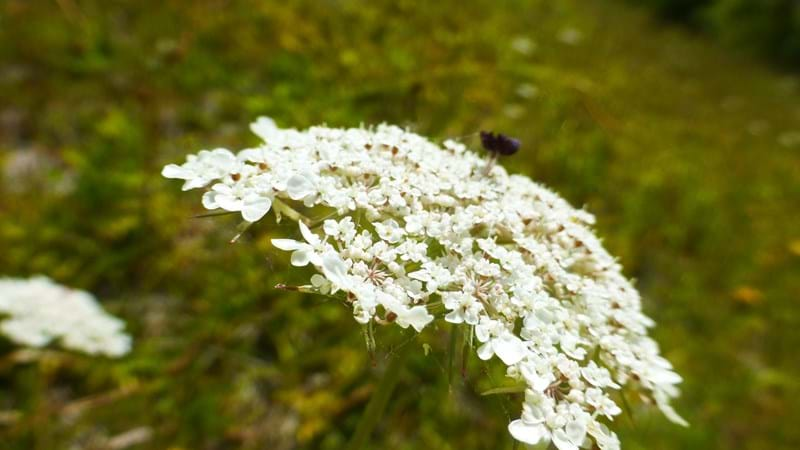
Share this article
One of the main benefits of the scheme is to enhance biodiversity in the area. Wildlife will be able to move freely above the tunnel and across green bridges.
We also aim to improve connections between the east and west to help butterflies and other insects to move more easily between flower-rich areas where they can feed and breed.
So far, we’ve found and counted a number of insects, and plant species.
What have we counted so far?
Brimstone butterfly
This Brimstone (Gonepteryx rhamni) was found perching on a Scabiosa flower. These fairly large, pale yellow butterflies aren’t very common but can be found in damp woodlands, mature hedgerows, and in large gardens. It is thought the colour of the male Brimstone’s wings may have inspired the name butter-fly.
Scabiosa ‘Butterfly blue’ flowers are known for attracting bees, birds, butterflies/moths and other pollinators.
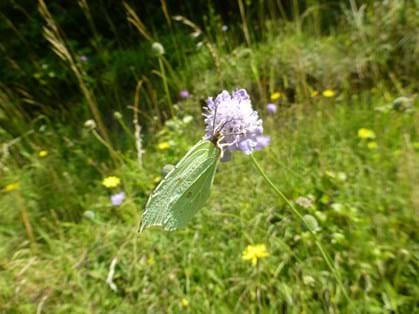
Wild carrot
Wild carrot (Daucus carota) is found in chalk rich soils and has been known as Queen Anne’s Lace in the past. It’s the wild form of the cultivated carrot, which flowers from midsummer to autumn and attracts insects including bees, beetles and hoverflies.
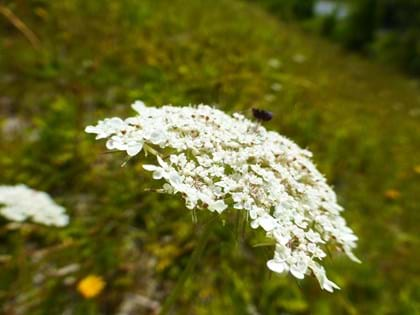
Wasp spider
The Wasp spider (Argiope bruennichi) has a distinct white zig-zag stripe running down the middle, which is thought to attract pollinating insects like flies, bees and moths.
First recorded in England in the 1920s the species has colonised in the south, but is slowly moving north.
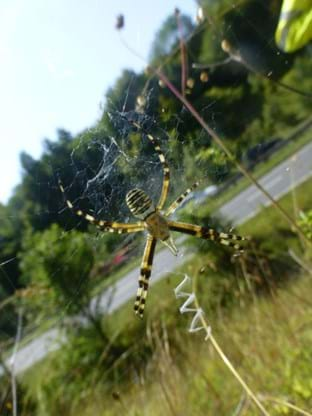
Dwarf thistle
Dwarf Thistle (Cirsium acaule) also known as the picnic thistle is typically found in chalk grassland. The plant is considered to be a good nectar source for insects, and late summer butterflies.
